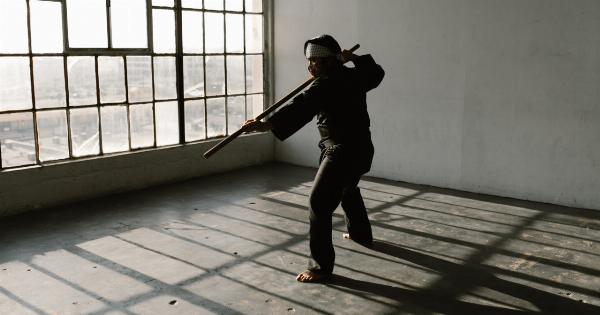W sitting is a common sitting position for children. However, it can be a cause for concern in some cases. W sitting is when a child sits on their bottom with their legs bent behind them, making a W shape.
While it may seem comfortable and easy for children, sitting in this position can put a strain on their body and lead to developmental issues. Here are 10 signs that your child may be sitting in W.
1. They Sit in W All the Time
If your child frequently sits in the W position, this could be a warning sign that they are developing a habit that could lead to problems. Children may sit in this position when playing, watching TV, or even eating.
If your child defaults to W sitting, it may be worth discussing with a pediatrician or physical therapist.
2. They Avoid Other Sitting Positions
If your child avoids other sitting positions and only sits in W, this could indicate a preference for the position. This preference may stem from comfort, but it could also indicate issues with muscle strength or flexibility.
3. They Complain of Pain
If your child complains of pain in their hips, legs, or back, this could be a sign that they are experiencing strain from sitting in W position.
While children may not be able to articulate their discomfort fully, persistent complaints or reluctance to sit in other positions may be a clue that something is wrong.
4. They Have Limited Range of Motion in Hips or Lower Body
W sitting can limit a child’s range of motion in their hips or lower body.
If you notice that your child has difficulty moving around during activities such as climbing stairs or running, it could be because they are sitting in W position too often.
5. They Have Weak Core and Back Muscles
W sitting can weaken core and back muscles, which in turn impacts posture and body stability.
If your child seems to have poor posture or struggles to stay balanced during activities, it may be worth exploring whether W sitting is contributing to their difficulties.
6. They Have Developmental Delays
W sitting has been linked to developmental delays in areas such as balance, spatial awareness, and fine motor skills.
If your child seems to be struggling in these areas or has been diagnosed with a developmental delay, you may want to investigate whether sitting in W position is impacting their progress.
7. They Have Difficulty with Coordination or Motor Skills
W sitting can impact a child’s motor skills and overall coordination.
If you notice that your child struggles with basic movements, such as skipping or catching a ball, it may be worth exploring whether sitting in W position is an underlying cause.
8. They Have Difficulty Concentrating
While it may seem unrelated, W sitting can impact a child’s ability to concentrate and stay focused. Sitting in an unstable position for long periods can be distracting and cause discomfort.
If your child struggles to concentrate or avoid distractions, it may be worth considering whether their sitting habits are impacting their focus and attention.
9. They Have Issues with Toe Walking
Toe walking is a common issue for children who sit in W position.
If your child frequently walks on their toes or appears to have difficulty walking on flat feet, it may be worth discussing with a healthcare professional whether this is related to their sitting habits.
10. They Have Difficulty Crossing Midline
When a child sits in the W position, they may have difficulty crossing their midline. The midline refers to the imaginary line running down the center of the body.
Crossing this line is important for developing skills such as writing, reading, and coordination. If your child has difficulty crossing midline, it may be worth exploring whether their sitting habits are contributing to this issue.




























